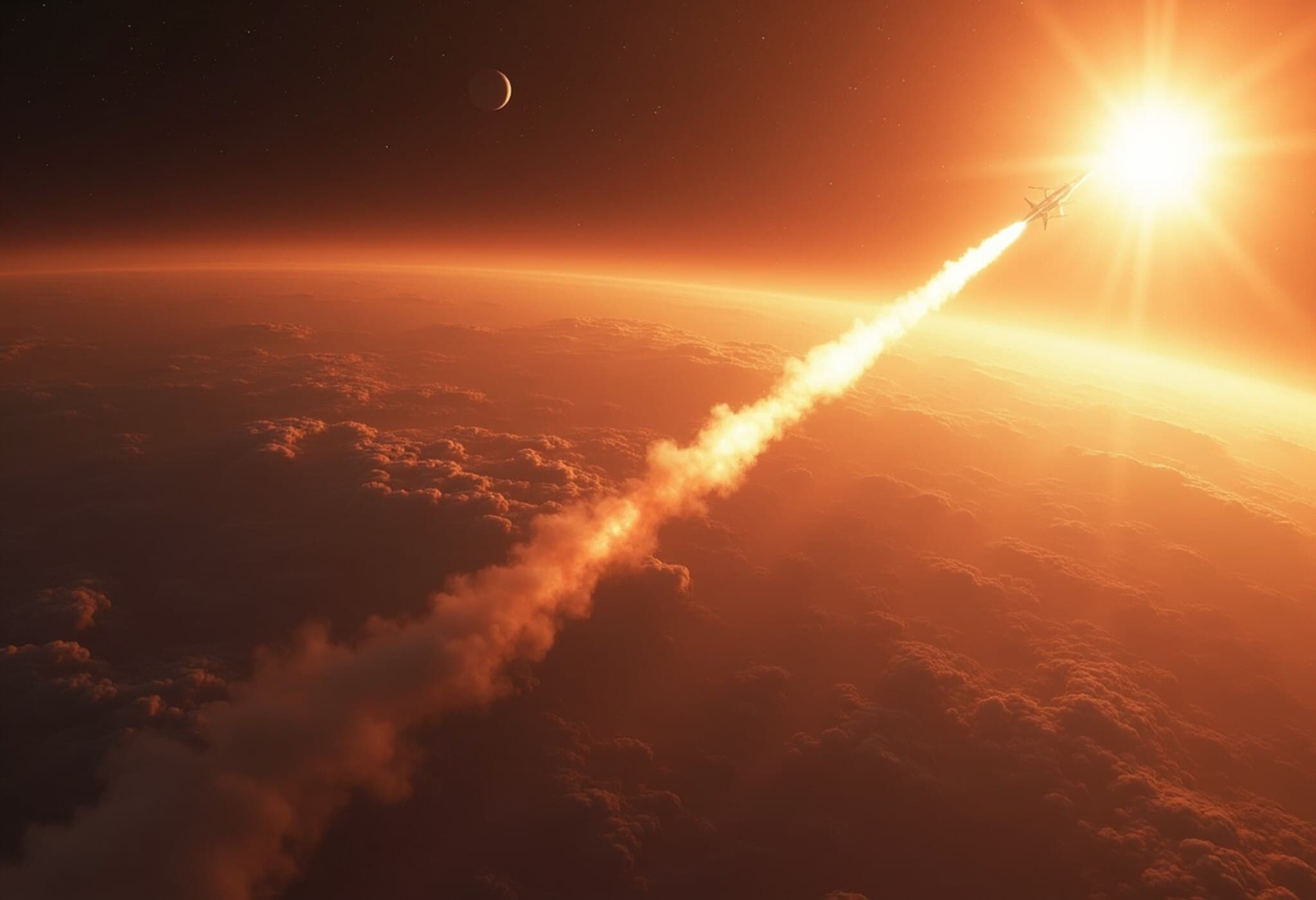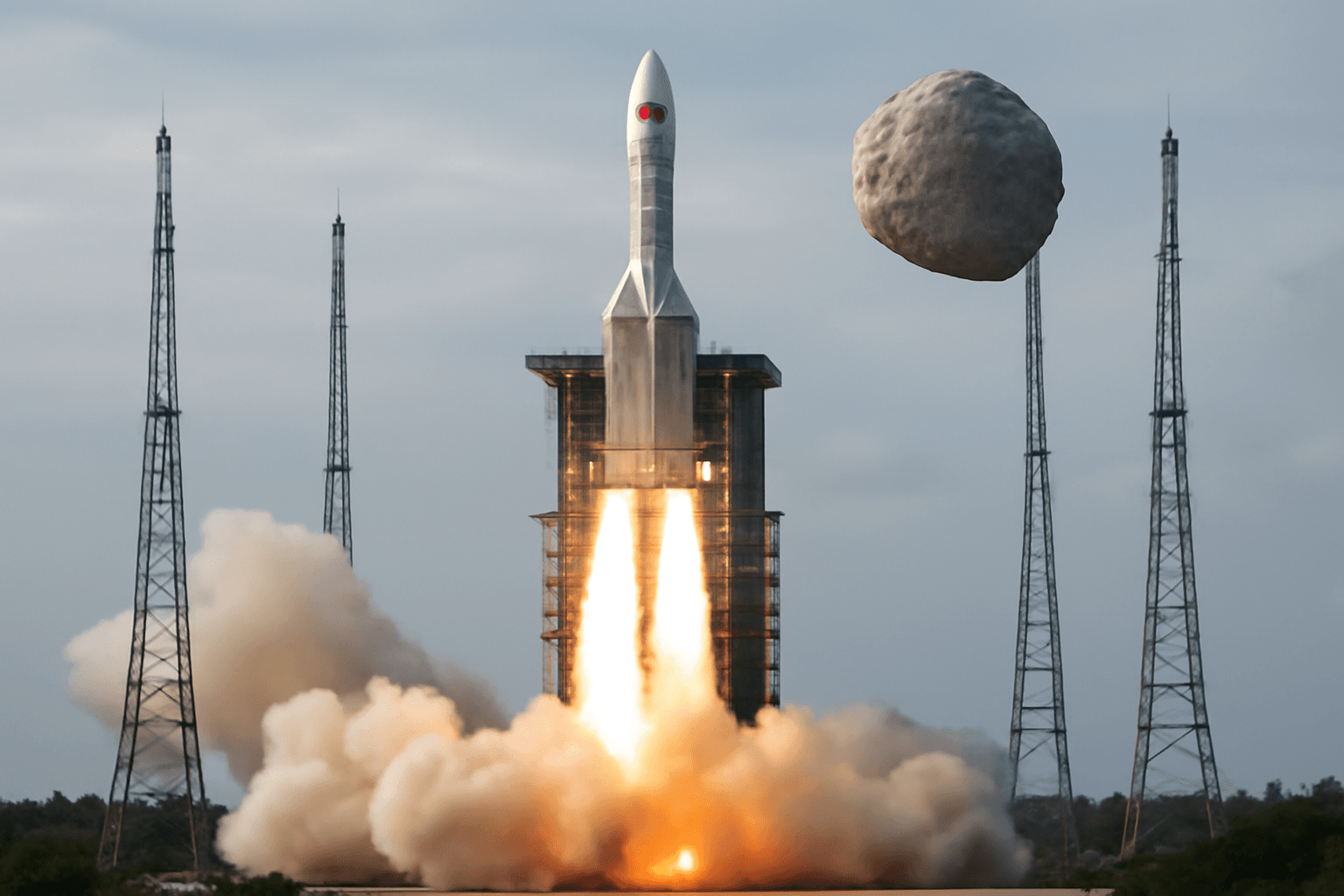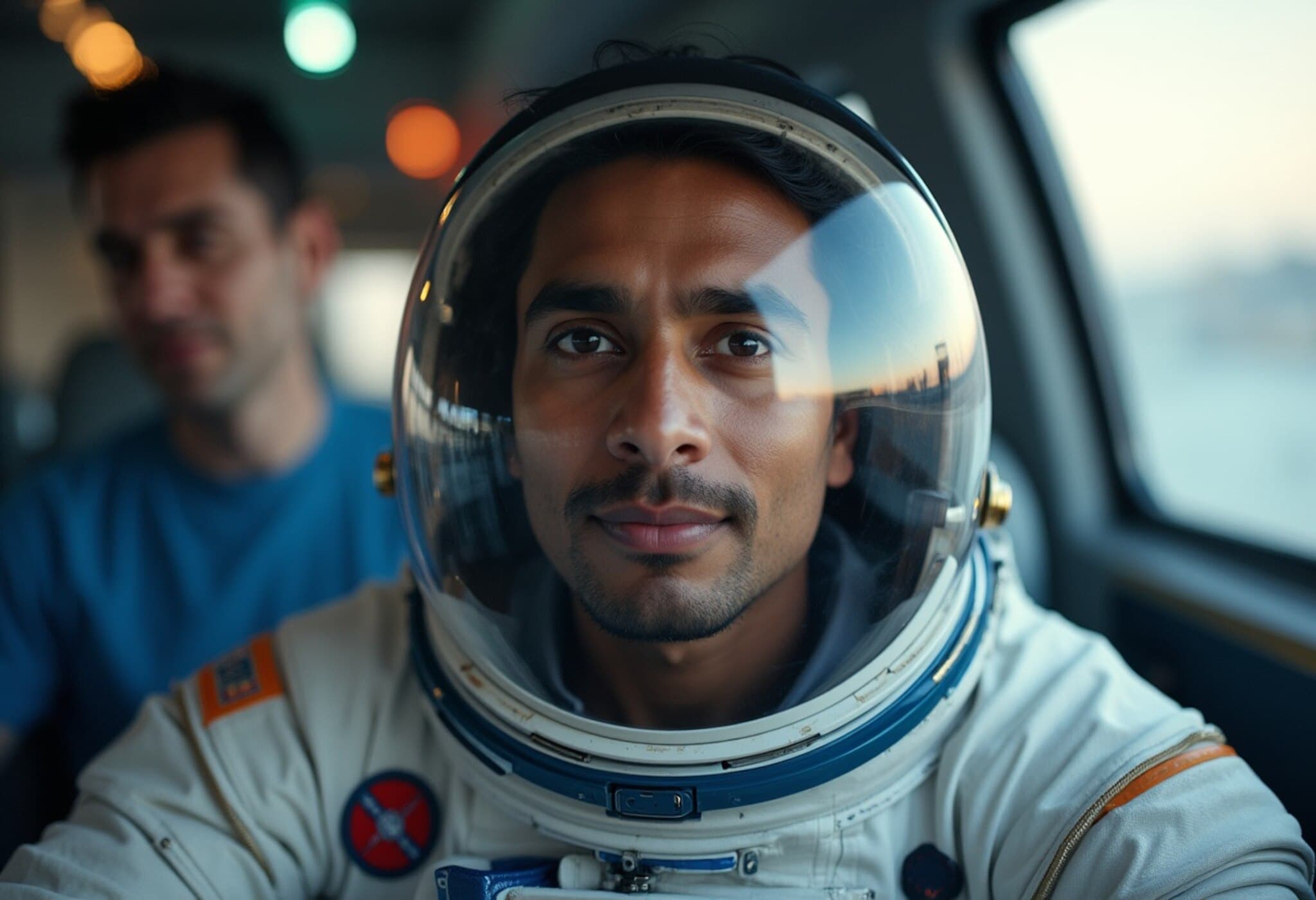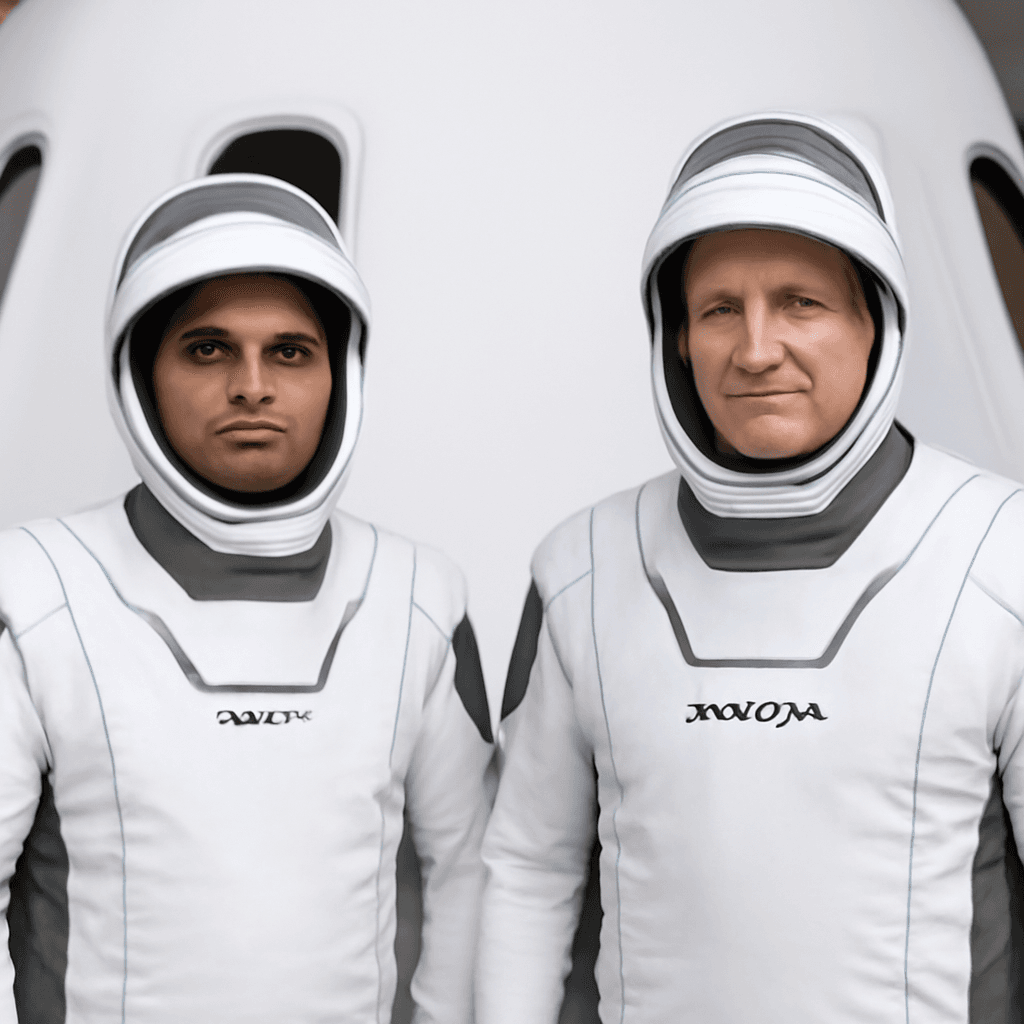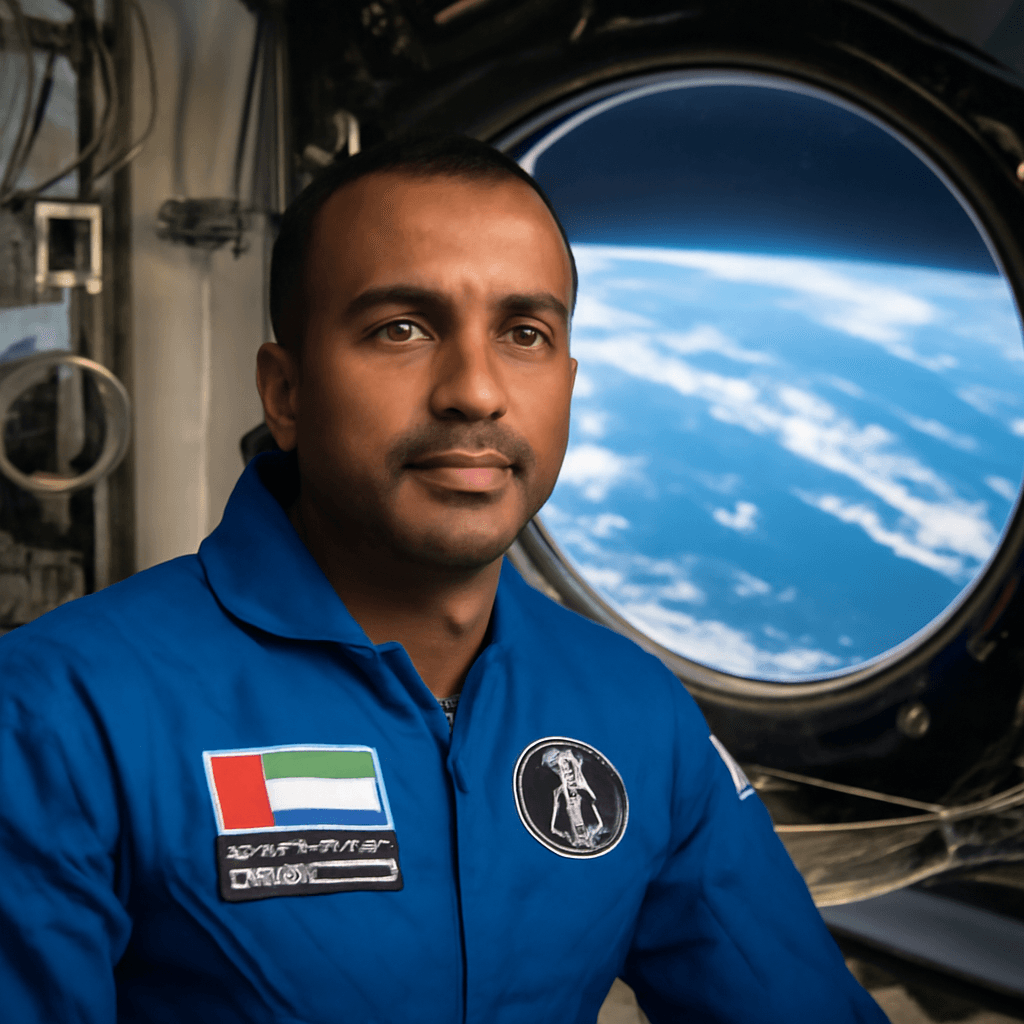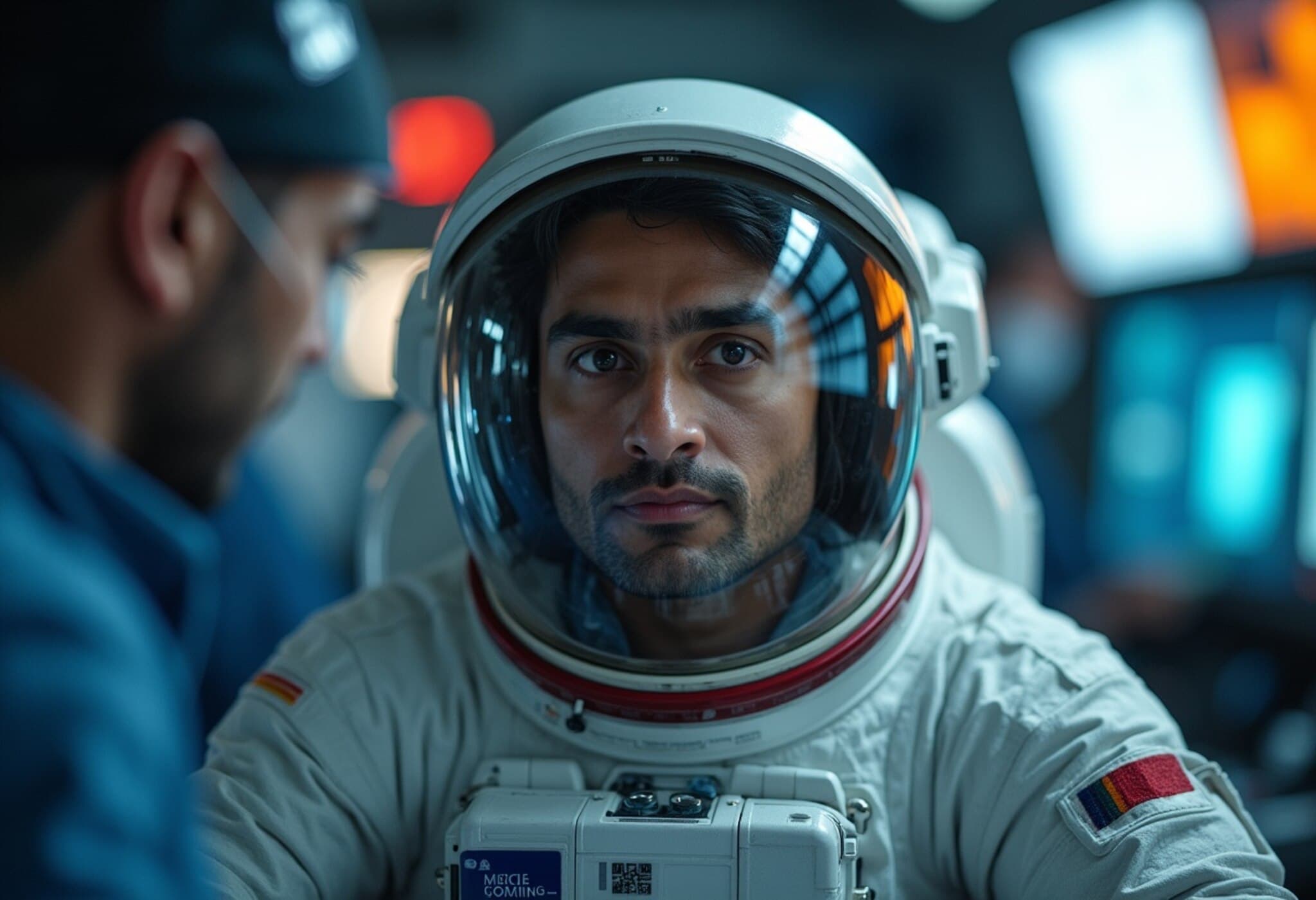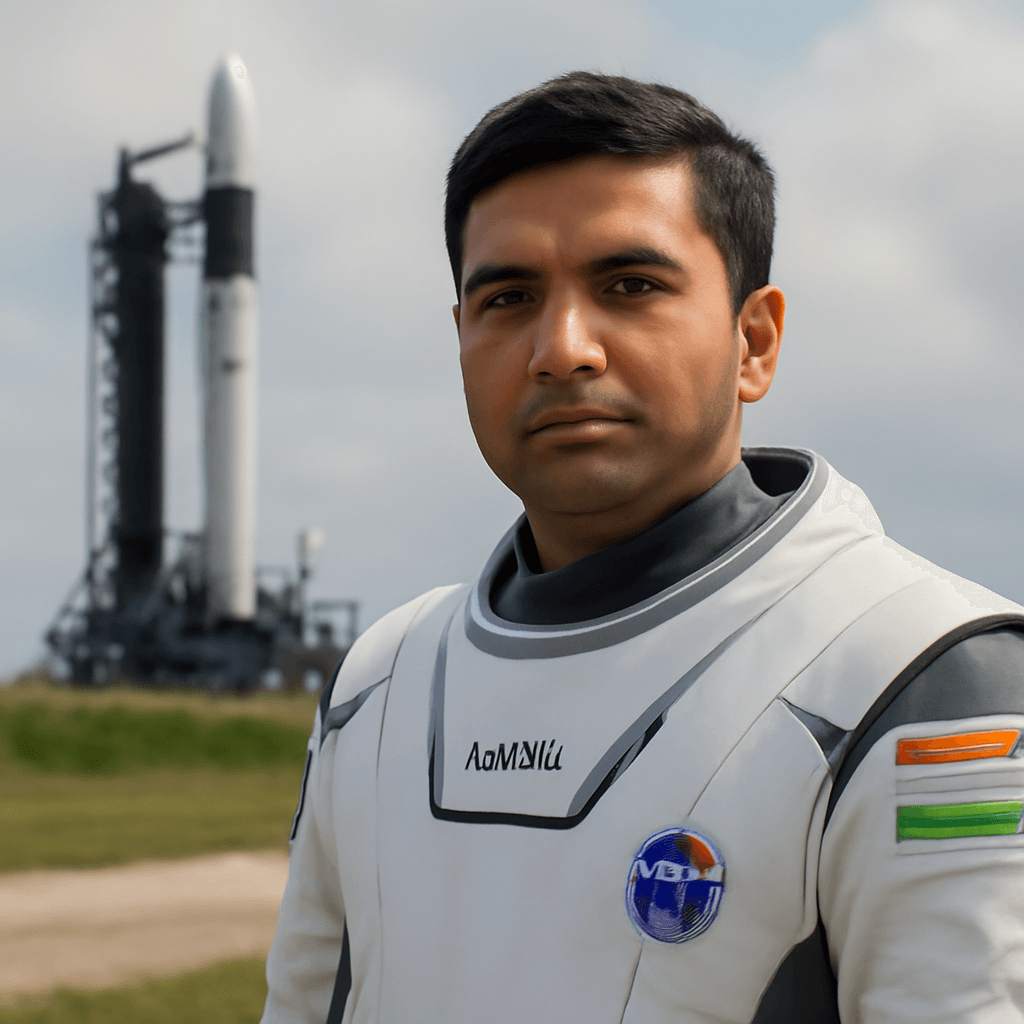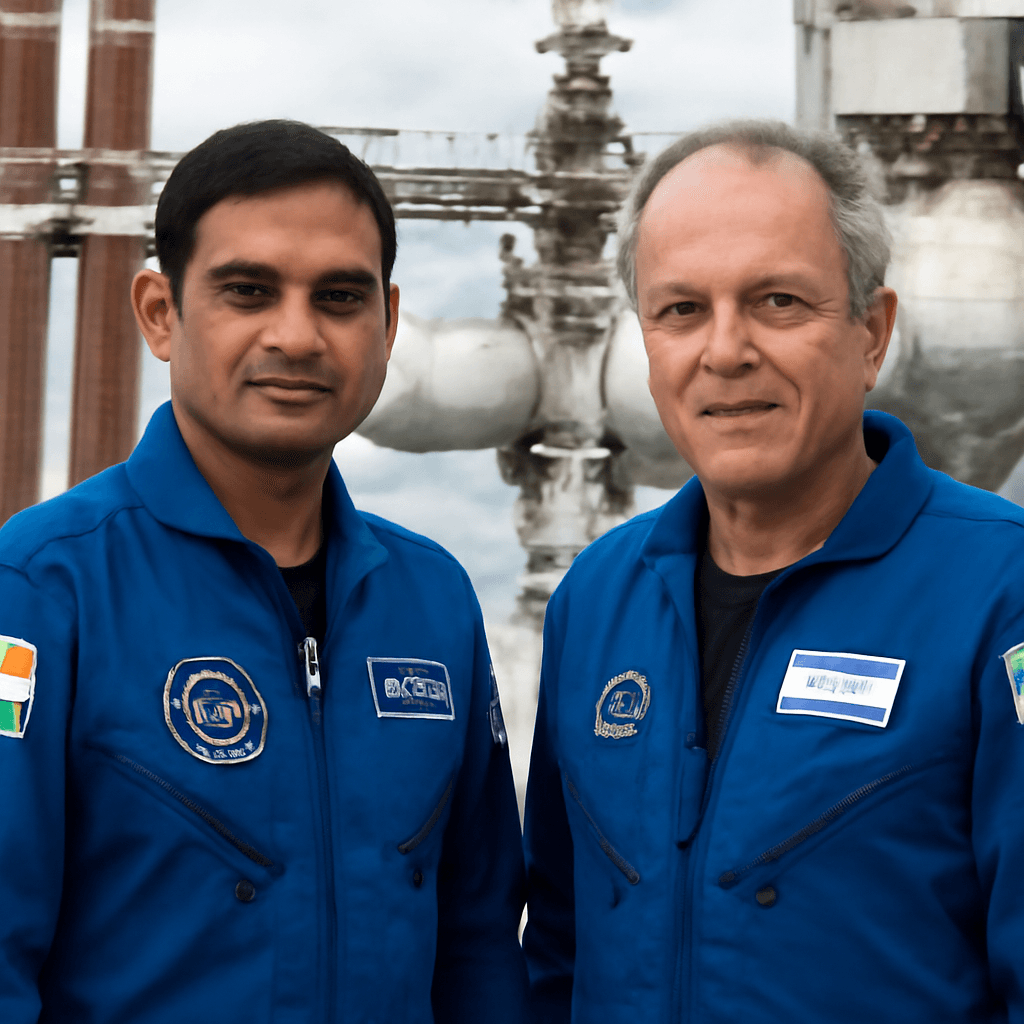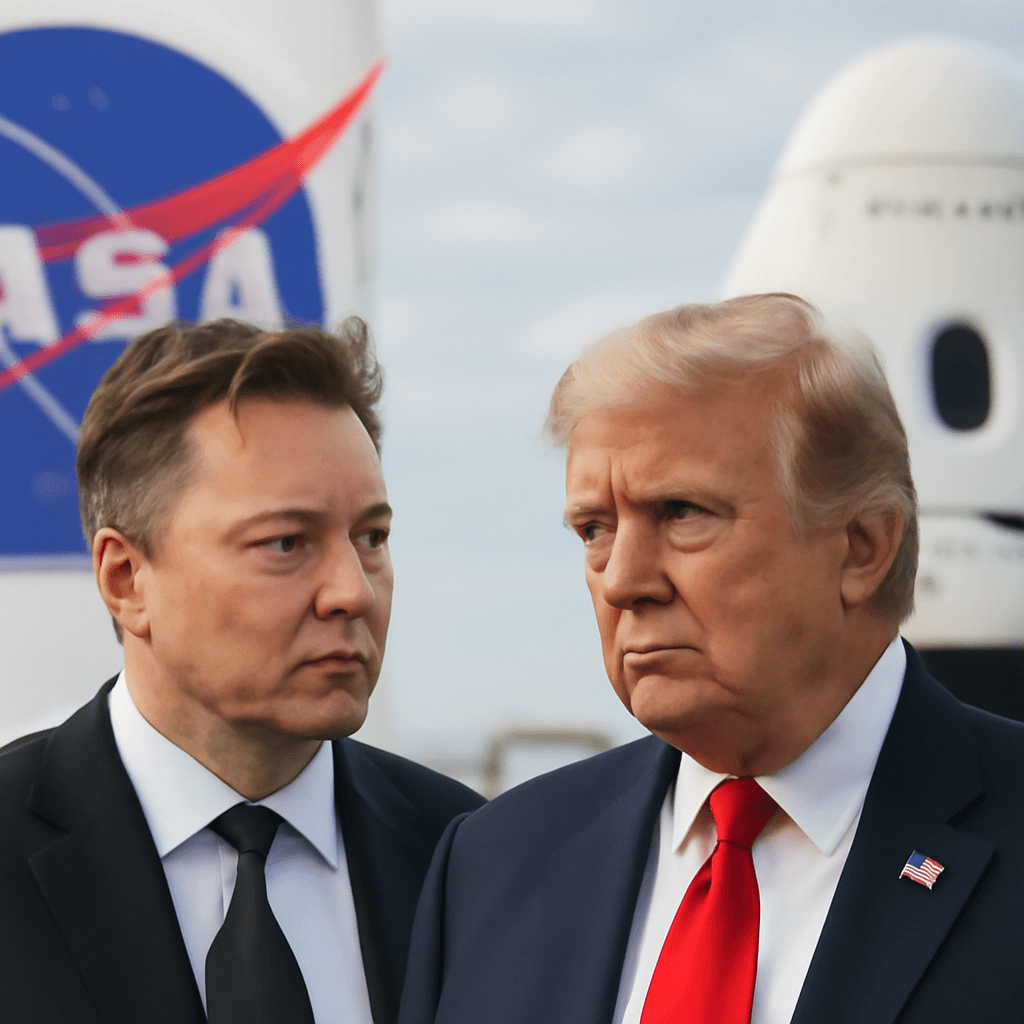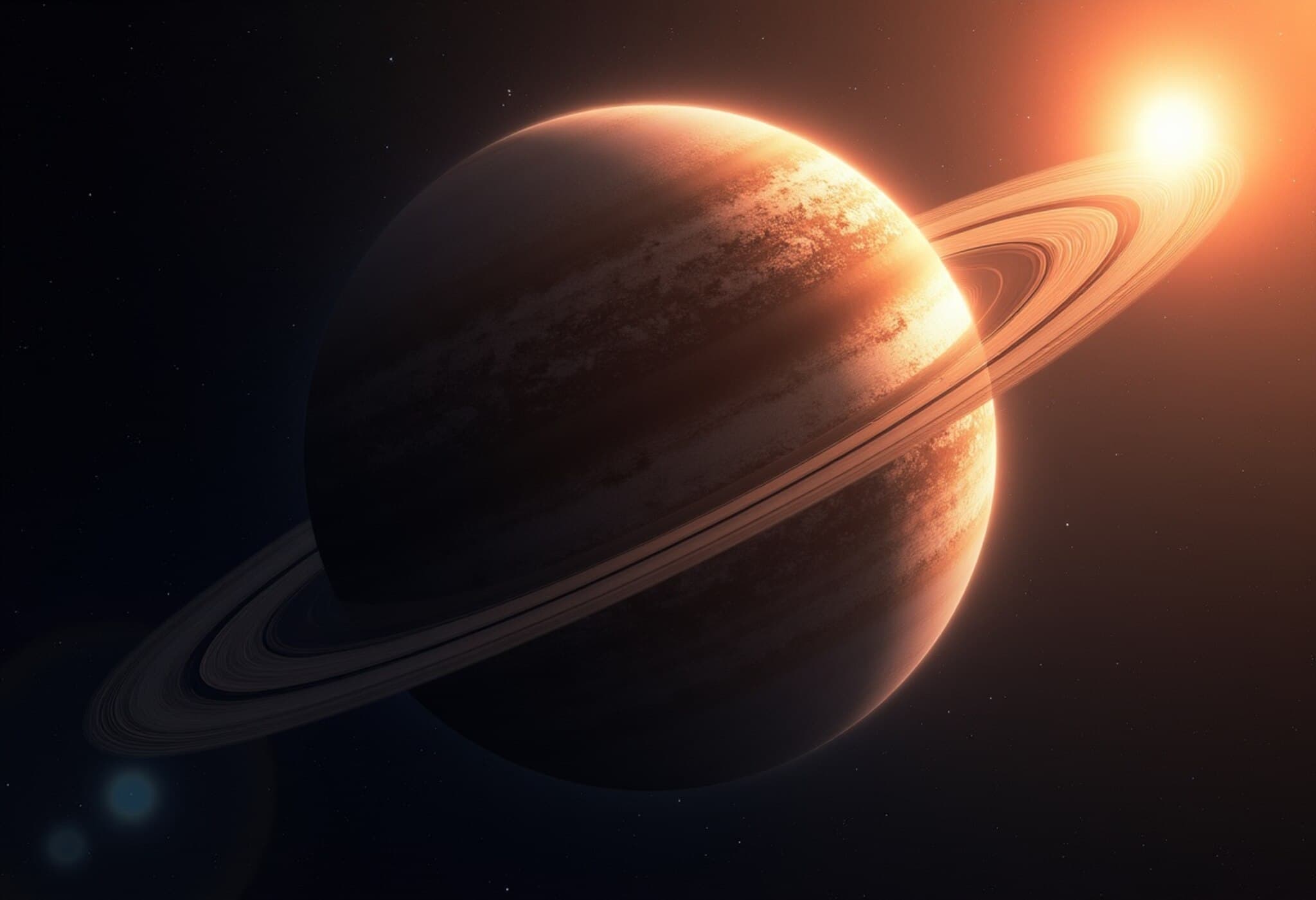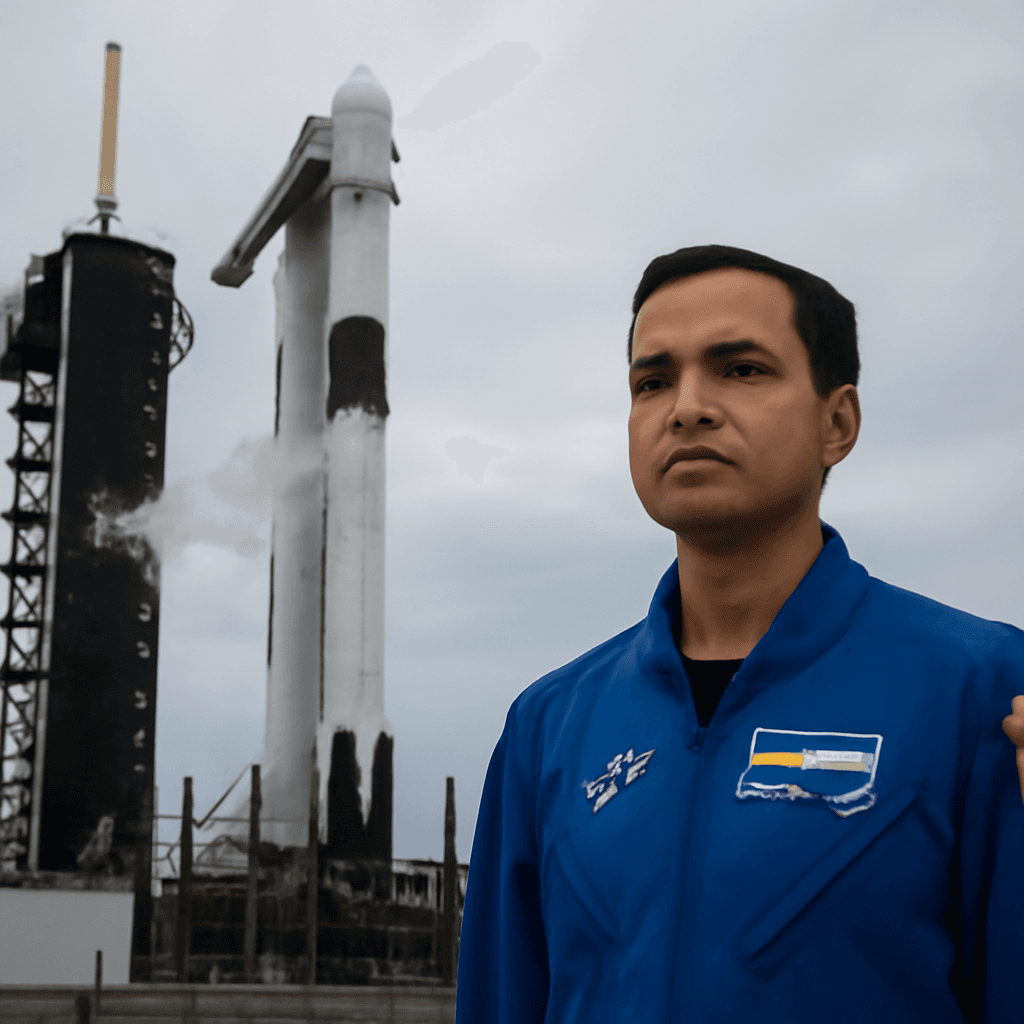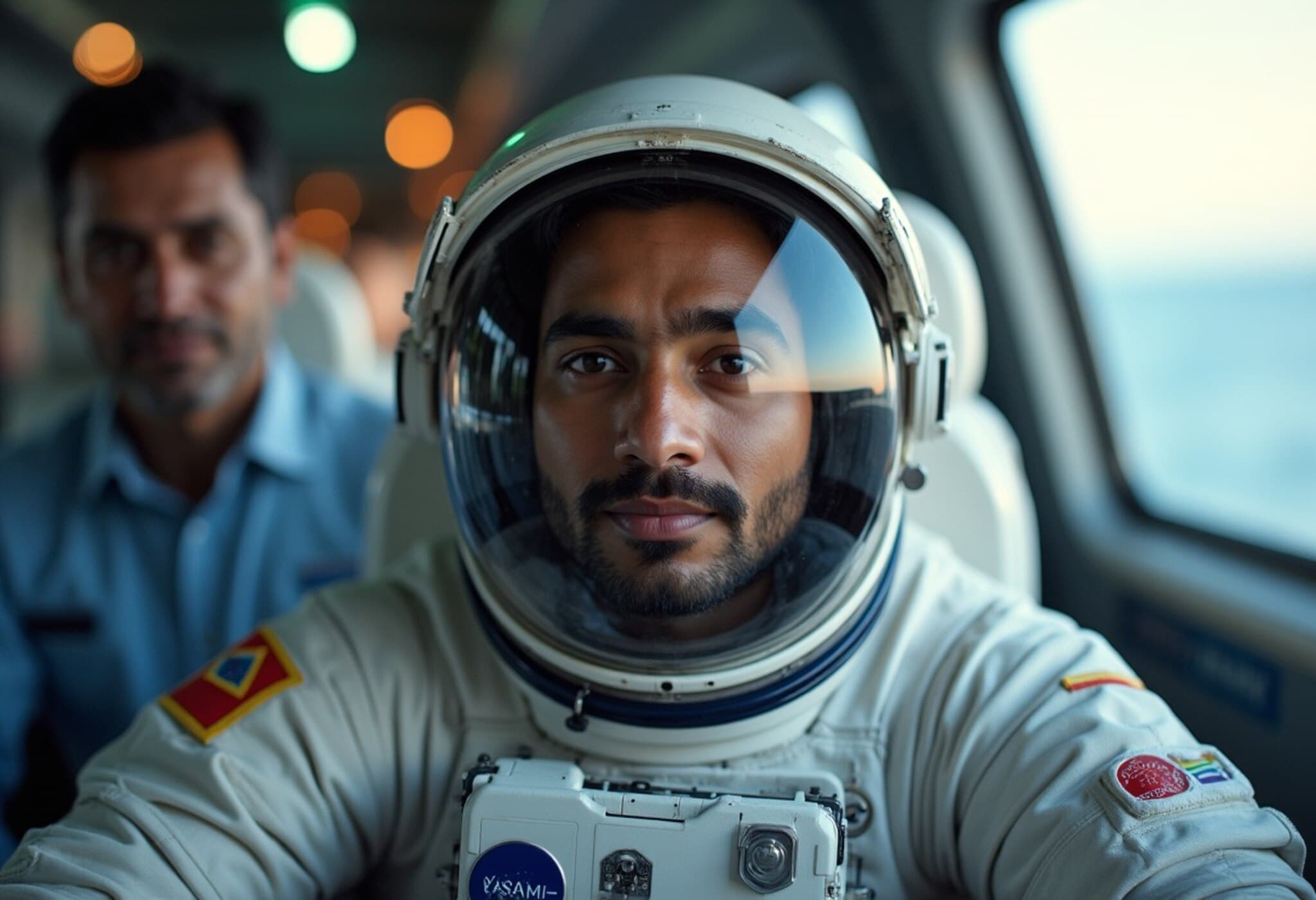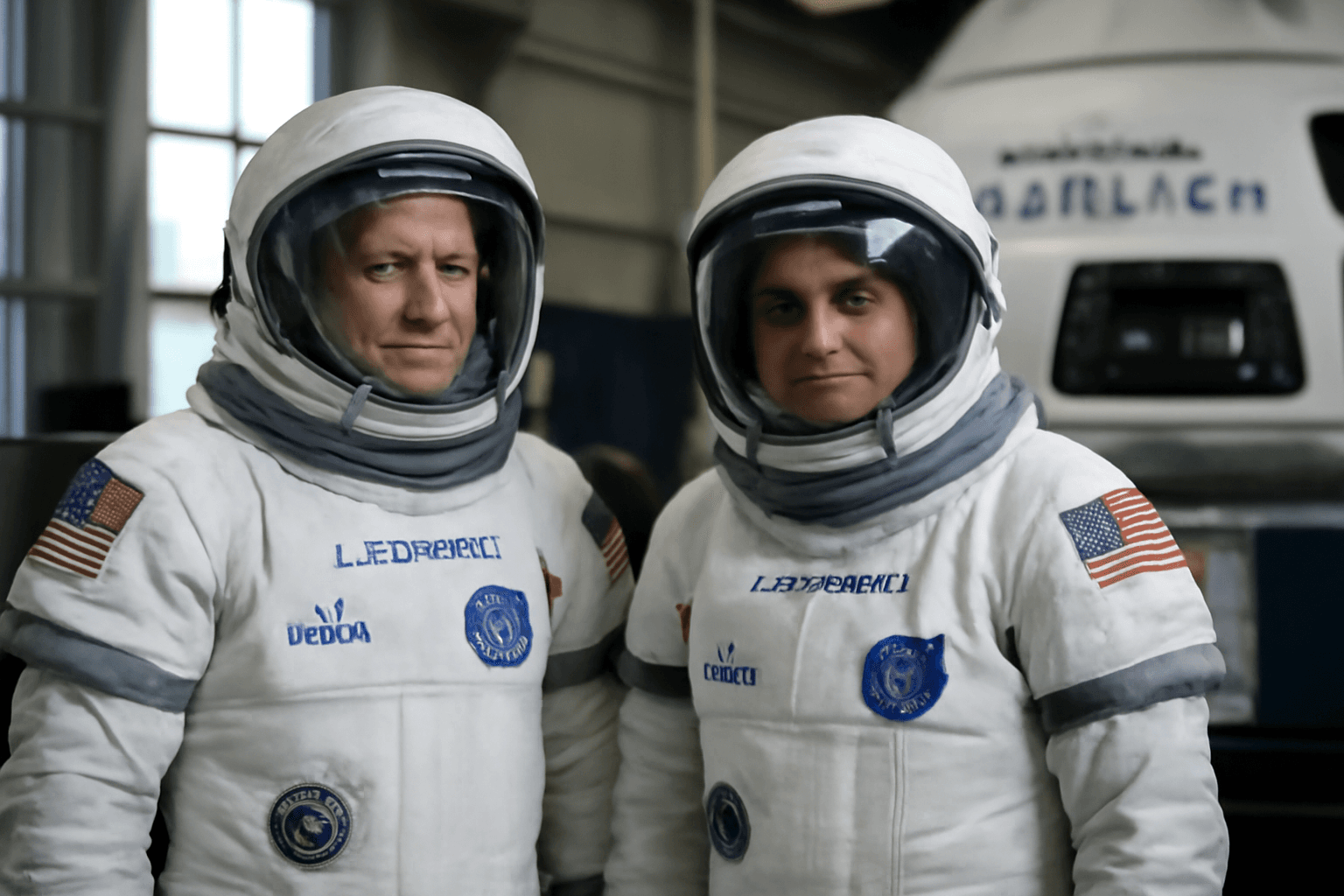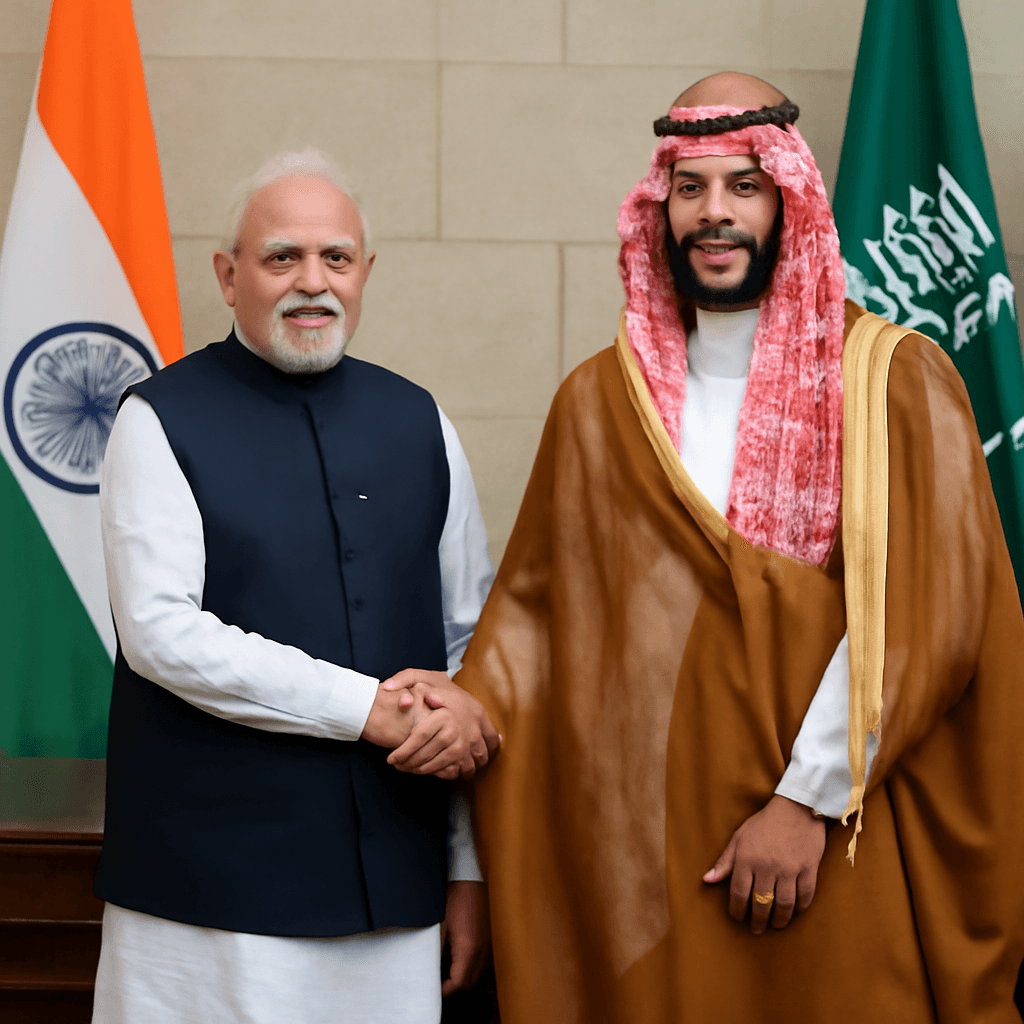Half a Century of European Space Exploration
The European Space Agency (ESA) proudly marks its 50th anniversary, celebrating a legacy of groundbreaking achievements in space science and technology. Funded by 23 member states and collaborating with countries including Canada, ESA operates advanced spacecraft that study Earth and the farthest reaches of space. It develops and launches robotic probes to other planets and comets, and actively participates in human spaceflight, training European astronauts for missions aboard the International Space Station (ISS).
Origins and Formation
ESA’s origins date back to the post-World War II era when European scientists recognized the need for a united approach to space research to compete with the space programs of the United States and the Soviet Union. This led to the establishment of two organizations in 1962: the European Launch Development Organisation (ELDO), focused on rocket development, and the European Space Research Organisation (ESRO), responsible for robotic spacecraft. These were merged in 1975 to form the European Space Agency.
Development of Launch Capabilities
The ambition to create a European rocket resulted in the Ariane launcher family, operated by French company Arianespace, which has become a cornerstone of Europe’s independent access to space.
Early Missions and Collaborations
- First satellite: The first satellite launched by ESA focused on detecting gamma rays from space, marking Europe’s foray into space-based astrophysics.
- Ultraviolet astronomy: In 1978, ESA collaborated with the United States and the United Kingdom on a space telescope dedicated to ultraviolet observations.
- Hubble Space Telescope: ESA contributed key instruments and solar arrays to the Hubble, launched in 1990, which transformed our understanding of the universe—including confirming the universe's expansion and revealing black holes at galactic centers.
- James Webb Space Telescope: Launched in 2021, ESA contributed two major instruments, supporting revolutionary observations in near- and mid-infrared wavelengths.
Pioneering Solar System Exploration
ESA has conducted several trailblazing missions that have expanded knowledge of our solar system:
- Giotto mission (1986): Flew past Halley’s Comet and later studied comet Grigg-Skjellerup.
- Rosetta mission (2014): Entered orbit around comet 67P/Churyumov-Gerasimenko, deploying the Philae lander—the first mission to land on a comet’s surface, an ambitious feat despite some landing system challenges.
- Mars Express (2003-present): Orbital mission to Mars which has greatly enhanced understanding of the Red Planet; also carried the British Beagle 2 lander which unfortunately failed to establish contact.
- Huygens probe (2005): Landed on Titan, Saturn’s largest moon, marking the most distant surface landing from Earth to date.
Earth Observation and Human Spaceflight
ESA plays a vital role in monitoring Earth’s environment through satellite missions like Envisat (2002–2012) and the Sentinel series (2014 to present). These satellites track climate variables, map forests and agricultural land, monitor ice sheets, and observe atmospheric ozone. Additionally, the Galileo satellite navigation system provides a high-precision alternative to GPS.
In human spaceflight, ESA has contributed critical modules to the ISS, such as the Columbus laboratory and the Cupola observation module offering panoramic views of Earth. European astronauts frequently participate in ISS missions, and ESA is poised to play a role in lunar exploration under NASA’s Artemis program.
Collaborative and Financial Challenges
Since the 1990s, ESA has collaborated extensively with NASA and other agencies, although funding constraints have occasionally disrupted joint projects, including recent uncertainties surrounding the Mars Sample Return mission. Emerging space powers like China, India, and Japan are intensifying global competition, prompting ESA to face budgetary and strategic pressures.
Future Directions
ESA is advancing its exploration and launch capabilities through initiatives such as the European Service Module for NASA's Orion spacecraft. A recently published strategic document outlines priorities for ESA, emphasizing climate protection, continued space exploration, and boosting European innovation and competitiveness.
By combining its own mission developments with partnerships across governmental agencies and commercial entities, ESA aims to sustain its position as a leading force in space exploration and Earth observation for decades ahead.




